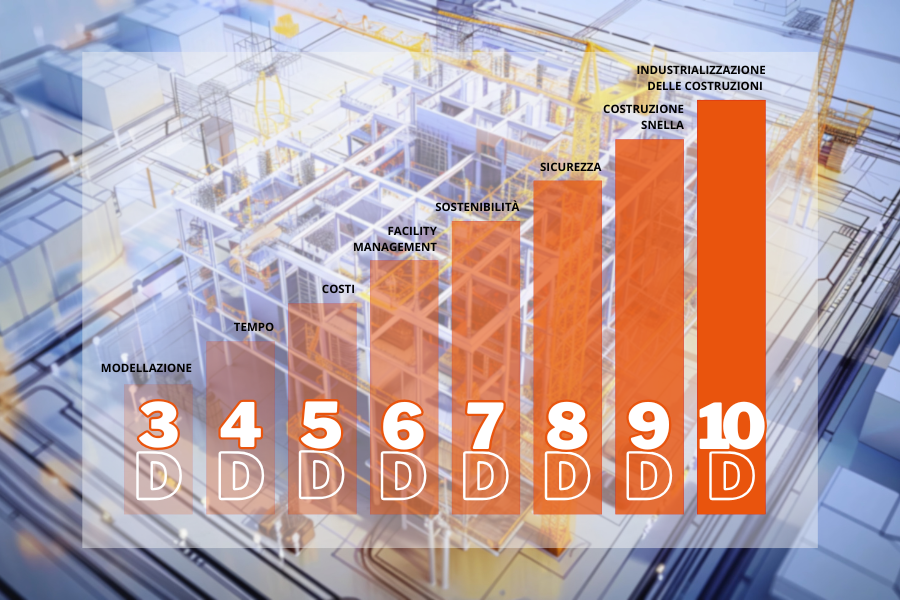The dimensions of BIM with id group – BIM

Designing safety: a responsibility that is shaped
From the topic of sustainability addressed with Id Equo and BIM 7D, our journey into the dimensions of Building Information Modeling lands on another fundamental pillar of design quality: safety.
The digital transformation in construction, enabled by the use of BIM and Data Sharing Environments (ACDat), is also revolutionizing the way risks are assessed, monitored and managed at temporary or mobile construction sites.
The 8D dimension of BIM is based on the integration of prevention directly within the information model, making safety a structural part of the project and not an external or posthumous element.
From risk to prevention: digital support for RSPPs and Employers
According to the Legislative Decree. 81/08, it is the responsibility of the Employer and the RSPP to ensure risk assessment and management, both in ordinary workplaces (Title II) and construction sites (Title IV).
But the operational reality is often complex, fragmented, and difficult to monitor consistently.
This is where digital tools come into play: updatable, 3D-navigable information models linked to timelines and technical documents.
Through this integration, the risk assessment process evolves from a bureaucratic fulfillment to a strategic decision-making tool, useful for:
- Visualize work steps and possible interferences;
- Correlate each activity with specific safety measures (thanks to 4D BIM);
- Centrally manage updated PSCs, SOPs, prescriptions and updates in real time.
Dynamic security: a continuous information flow
The real strength of BIM 8D lies in its ability to ensure smooth and structured information continuity throughout the project lifecycle, from initial design to construction management. Every actor involved-from the Client to the Safety Coordinator to the contractors-operates on a single shared and constantly updated database.
In this digital ecosystem, security no longer relies on static documents but becomes an integral part of the information model, fed and synchronized with the actual progress of activities.

The Employer and theRSPP can thus monitor in real time the effectiveness of the prevention measures taken, checking their concrete application and intervening with timely updates in case of new critical issues.
At the same time, the Safety Coordinator has a powerful operational tool that enables him or her to integrate corrective guidance directly into the model, maintaining consistency between planning and site reality.
Finally, Contracting Stations have the opportunity to exercise continuous technical control, verifying the conformity of the PSC and SOP to the executive phases, with timely tracking of changes and requirements.
An approach that improves transparency, collaboration and the overall effectiveness of the prevention system.
ACDat and design verification: control starts now
With the introduction of the Legislative Decree. 36/2023, prior design verification takes on an even more central role, including in relation to constructability and safety.
Thanks to BIM and ACDat, it is possible:
- Simulate site phases to anticipate risks and interference;
- Validate the consistency between model, graphical drawings and security documents;
- Reduce time, litigation and inconsistencies in contracting.
Digitization of security thus becomes a lever of design, procedural and contractual quality.
Integrated security, shared value
The 8D approach is not a future hypothesis: it is already a reality on the most advanced construction sites.
Contractors adopting BIM and ACDat benefit from transparency, traceability and multidisciplinary control, while contractors can ensure proactive safety management supported by intelligent models.
For SiQ, “designing safety” means modeling prevention: shared, visible, dynamic and documentable safety.
Next step: the model as a digital twin
We will continue the tale of BIM dimensions soon with Id BIM and BIM 9D.
